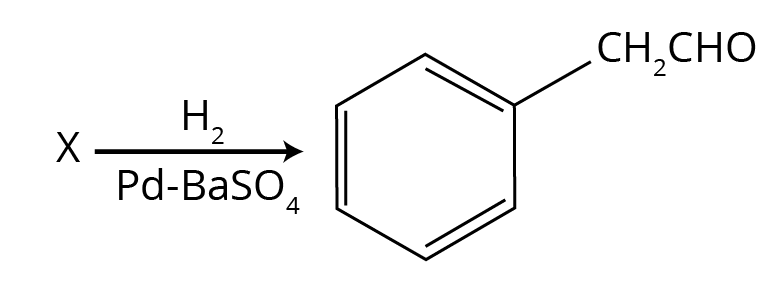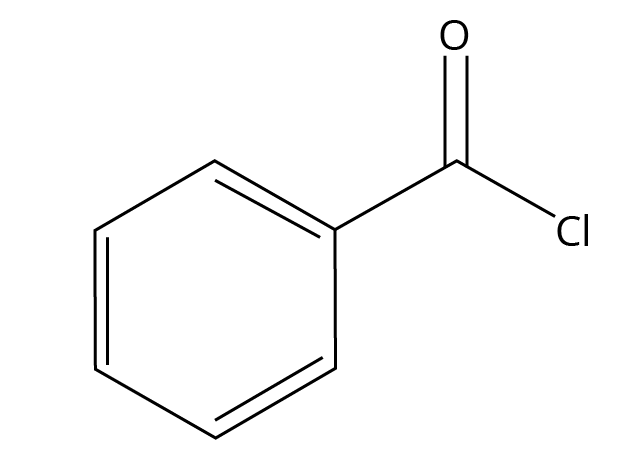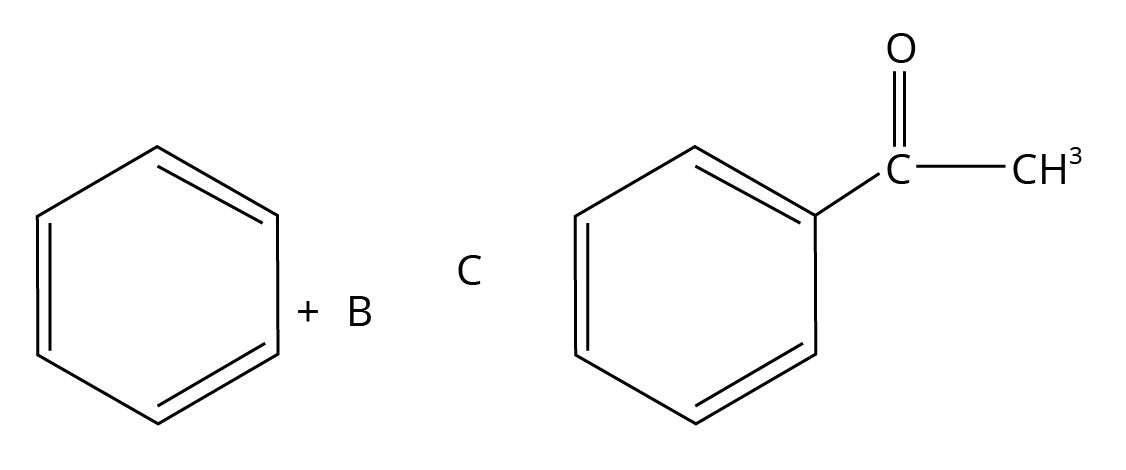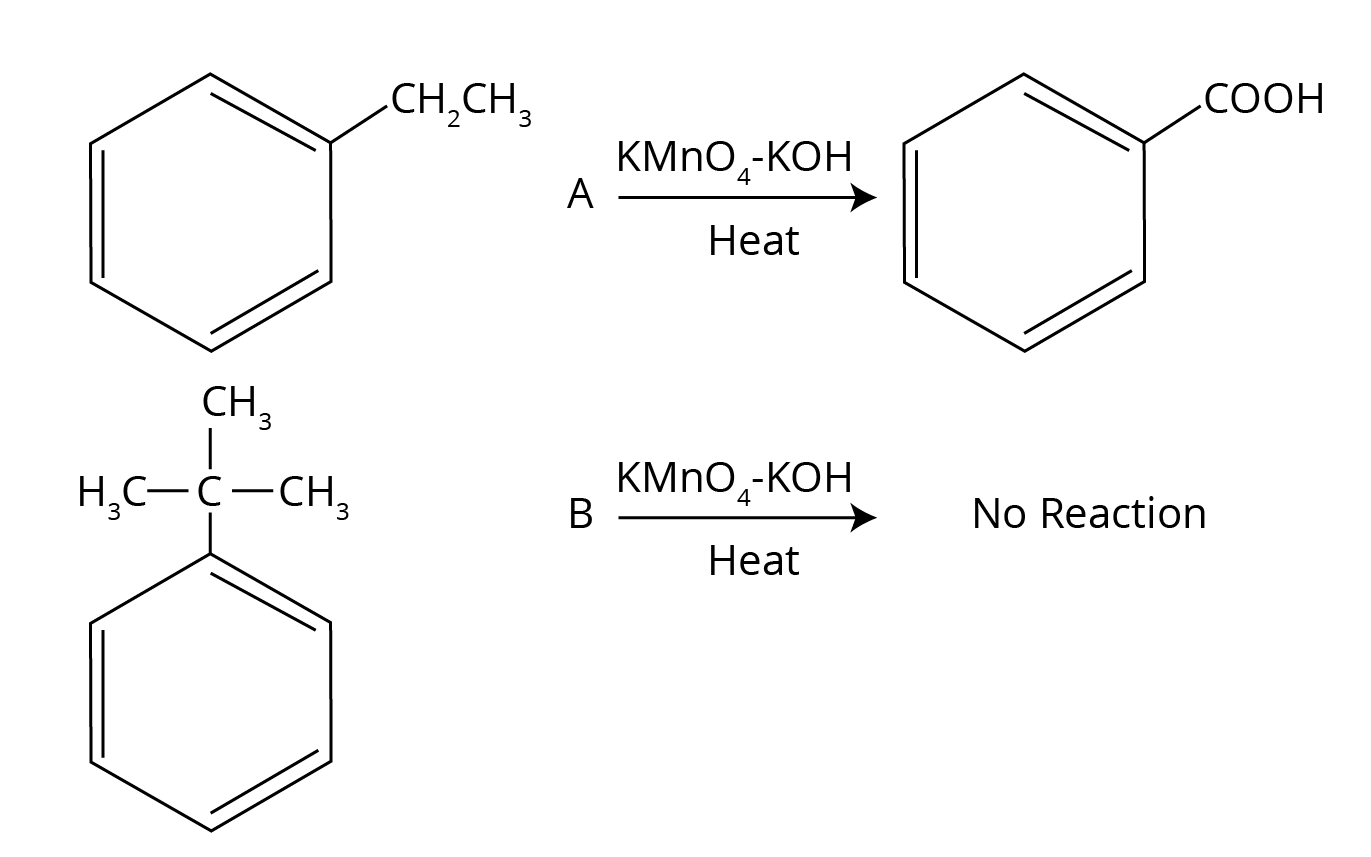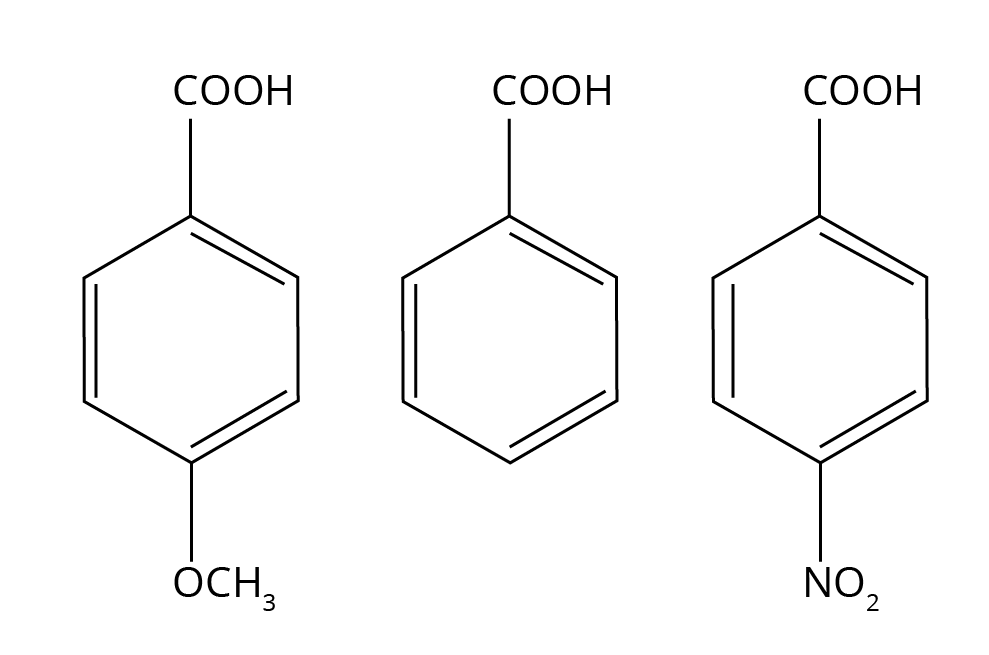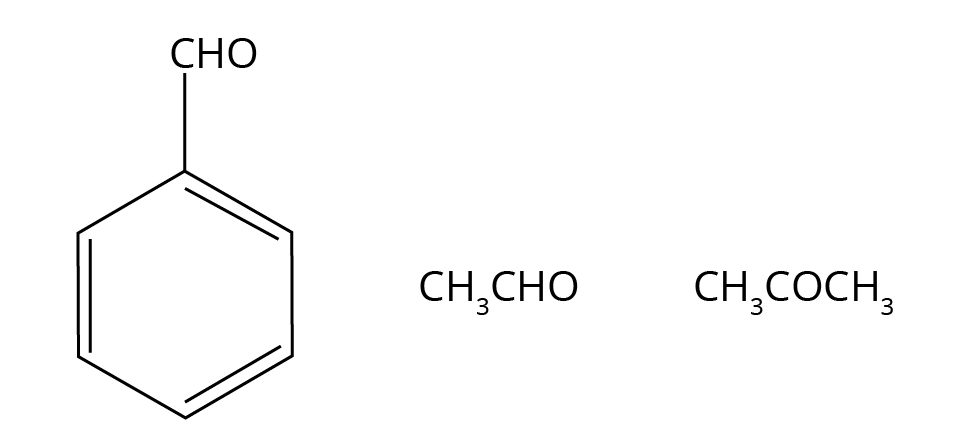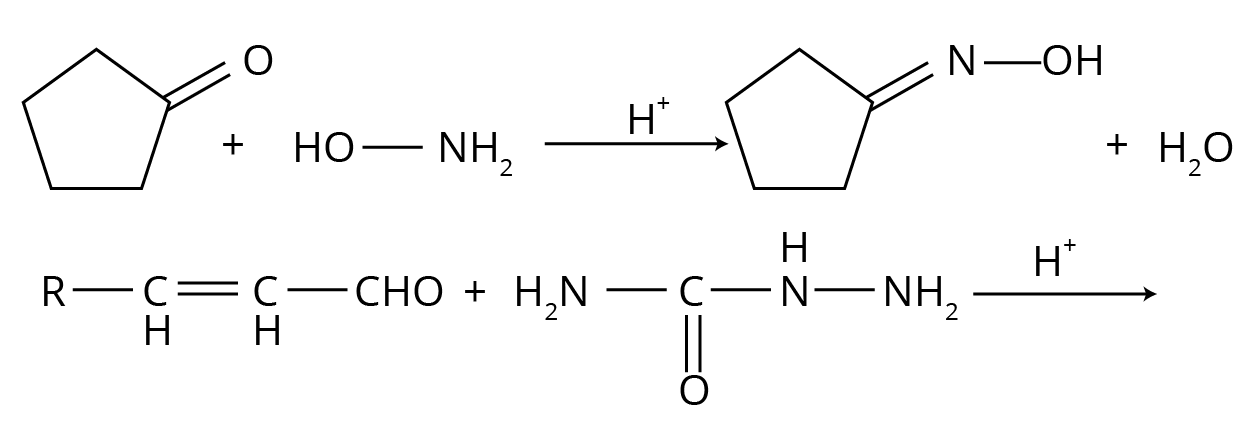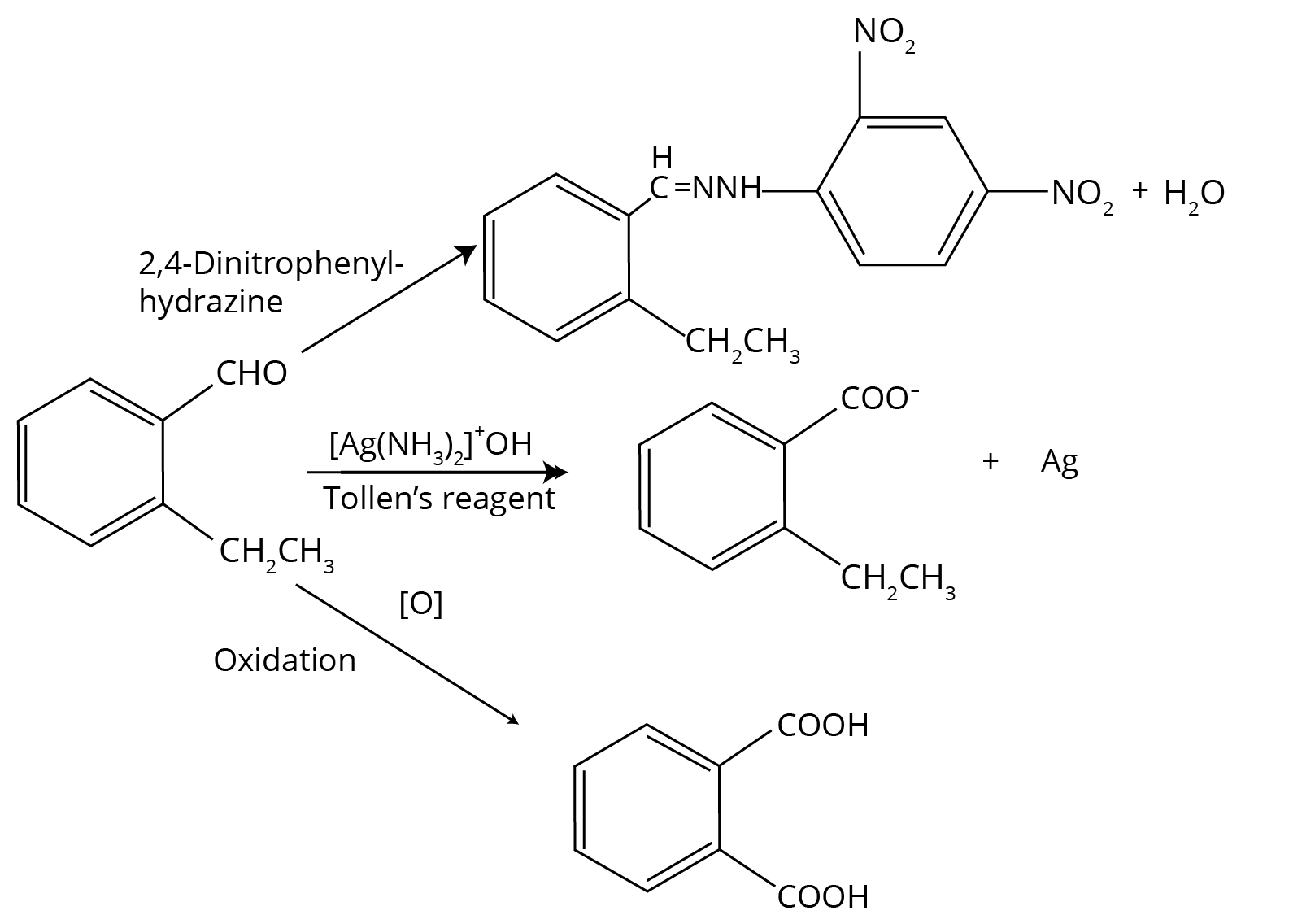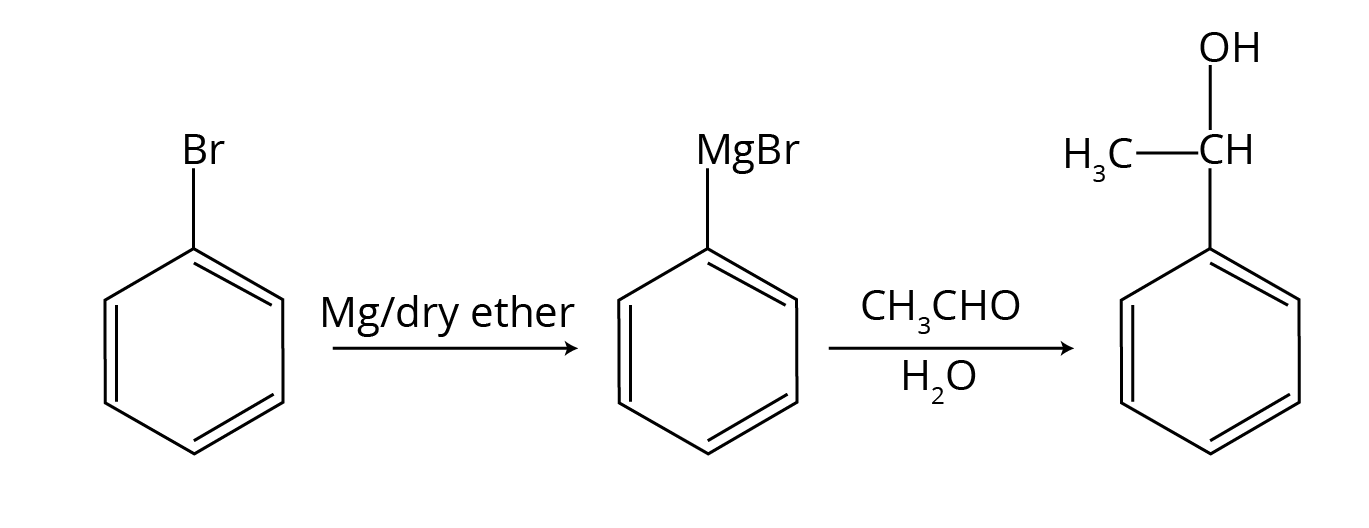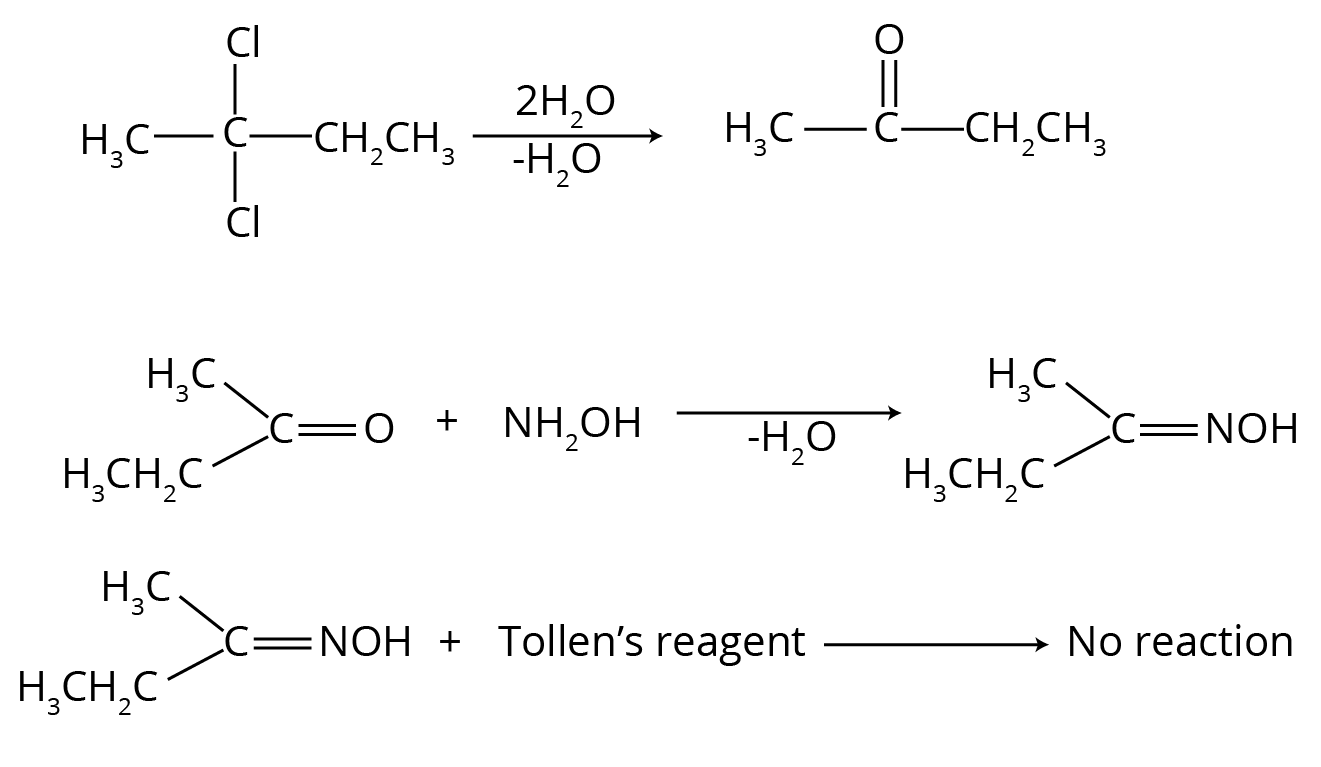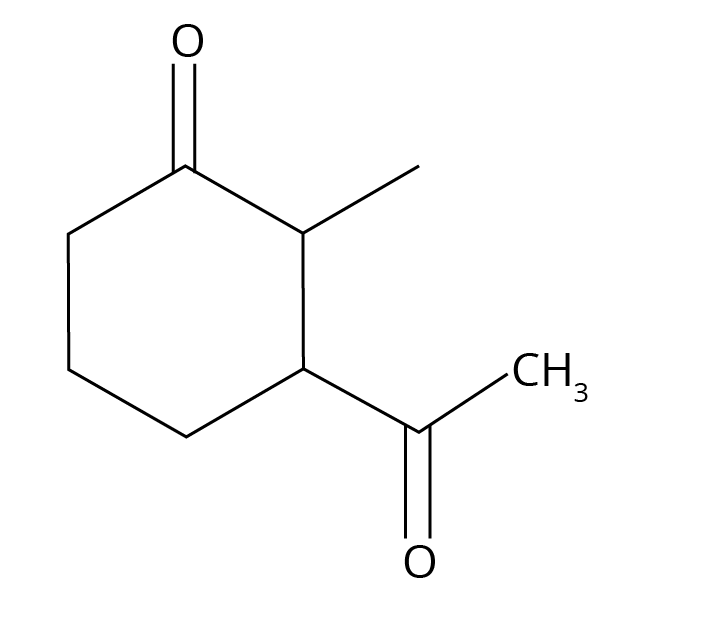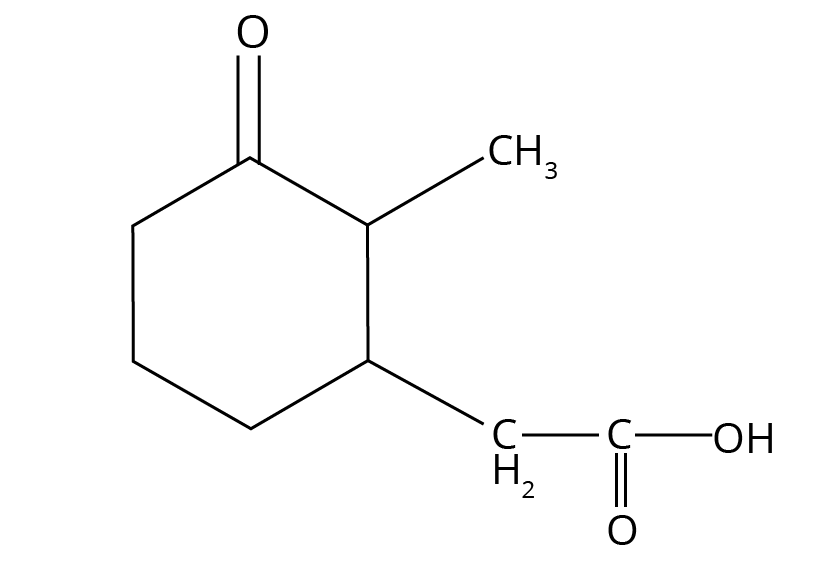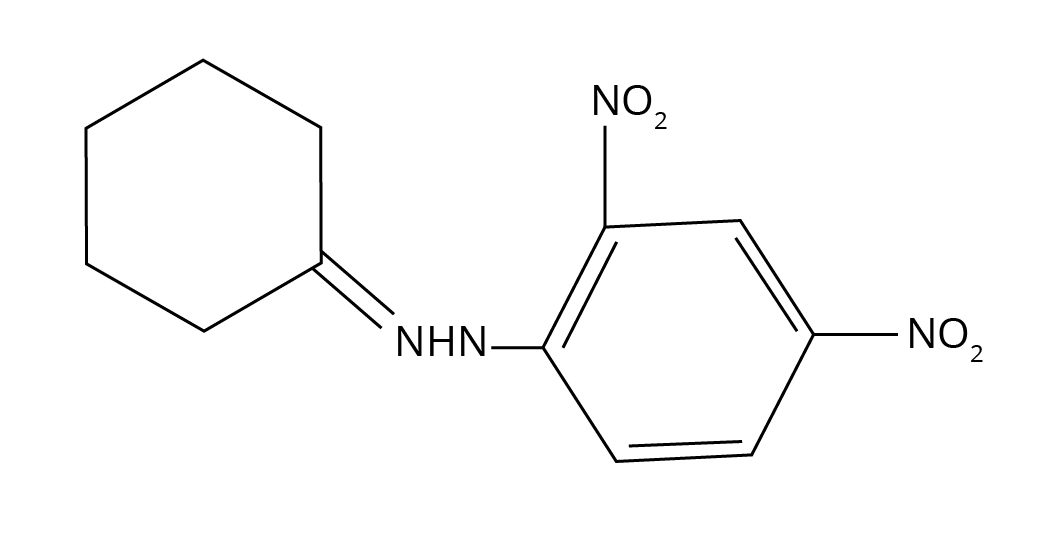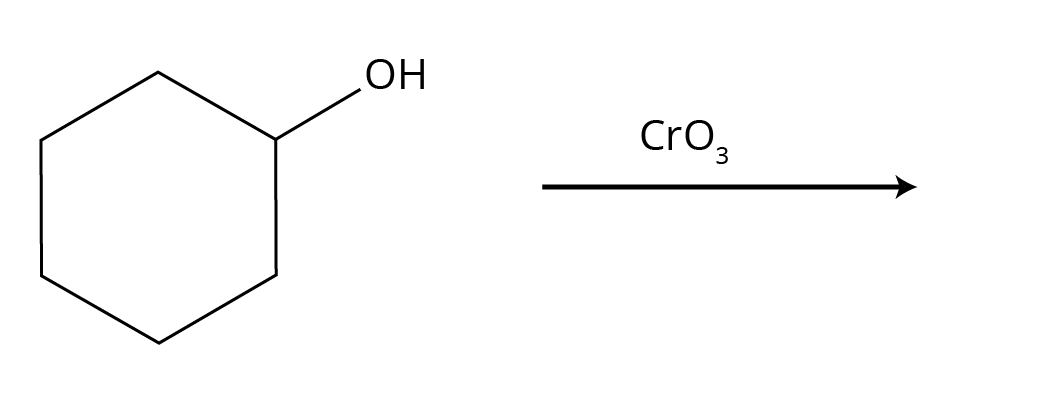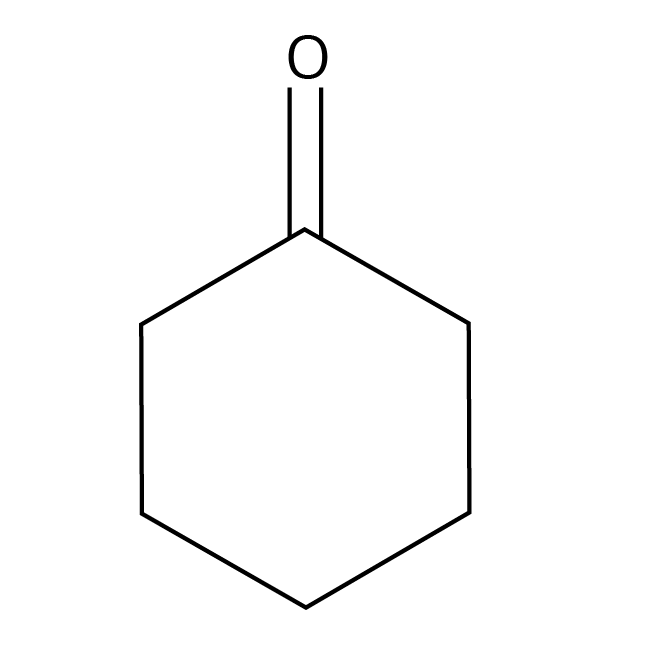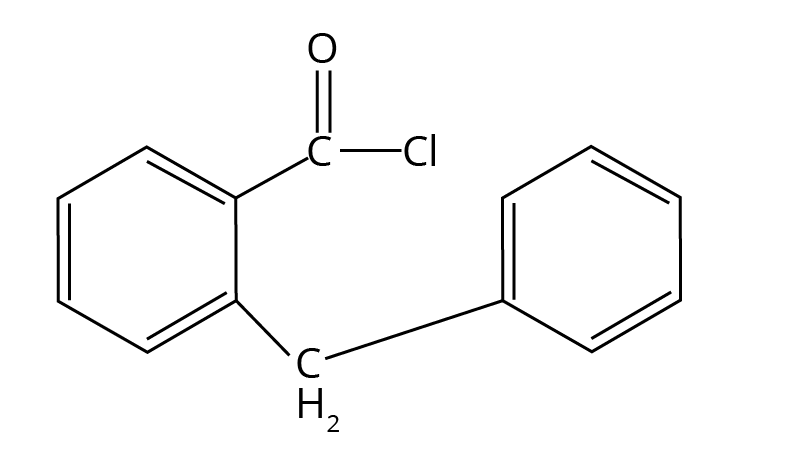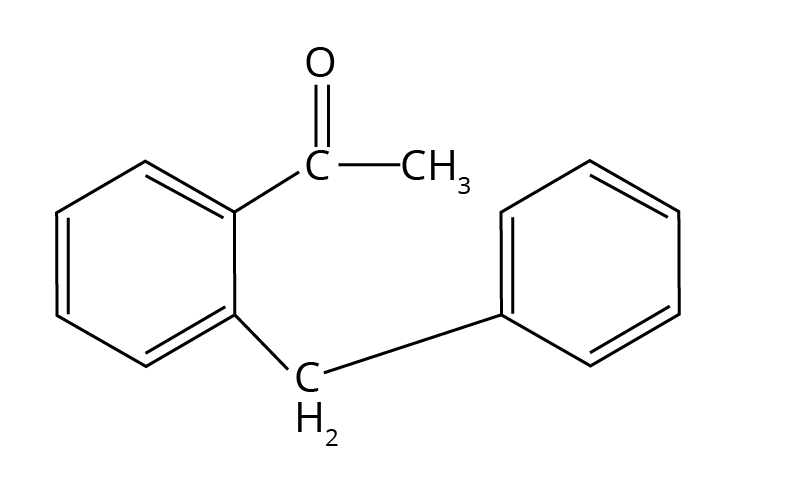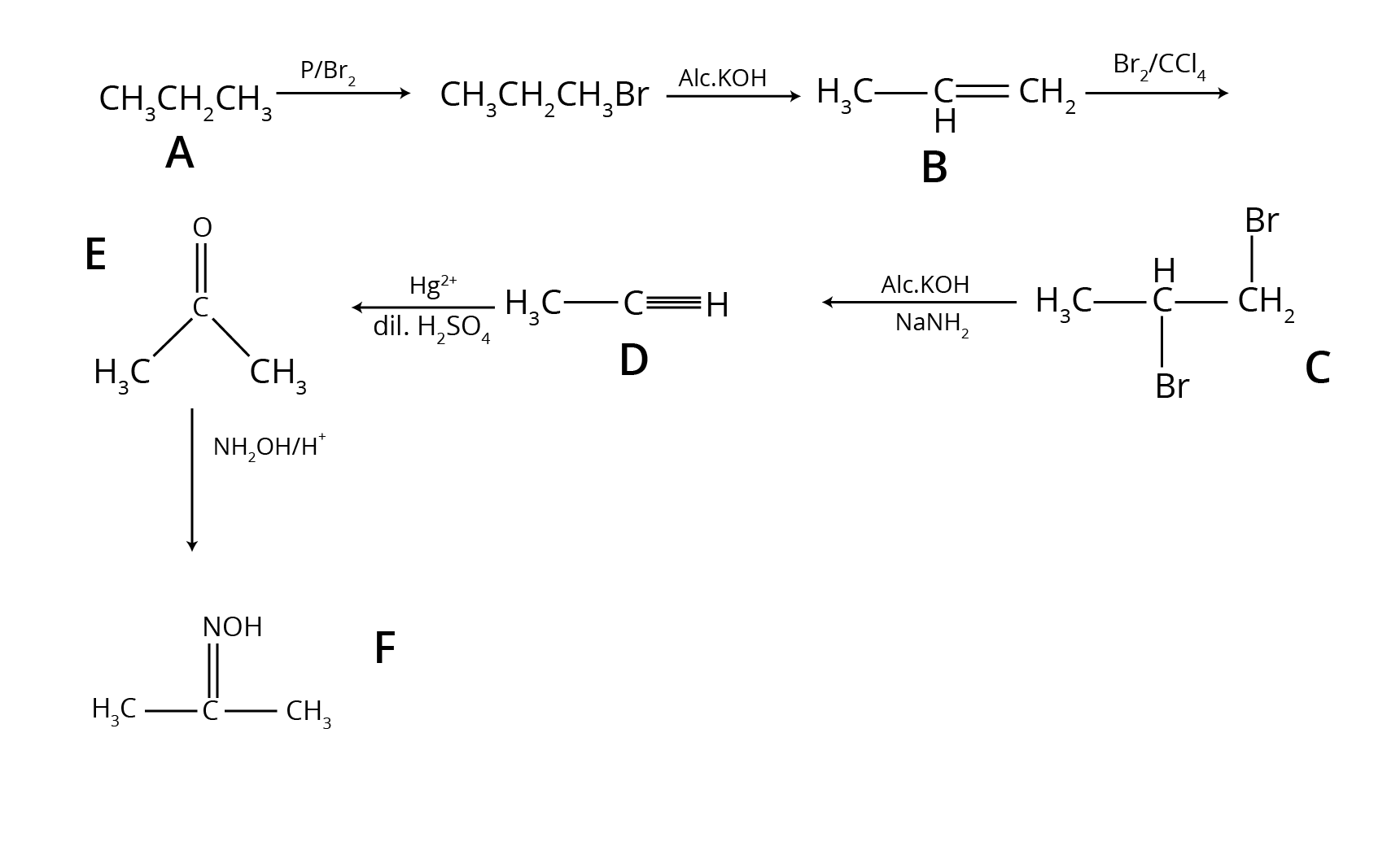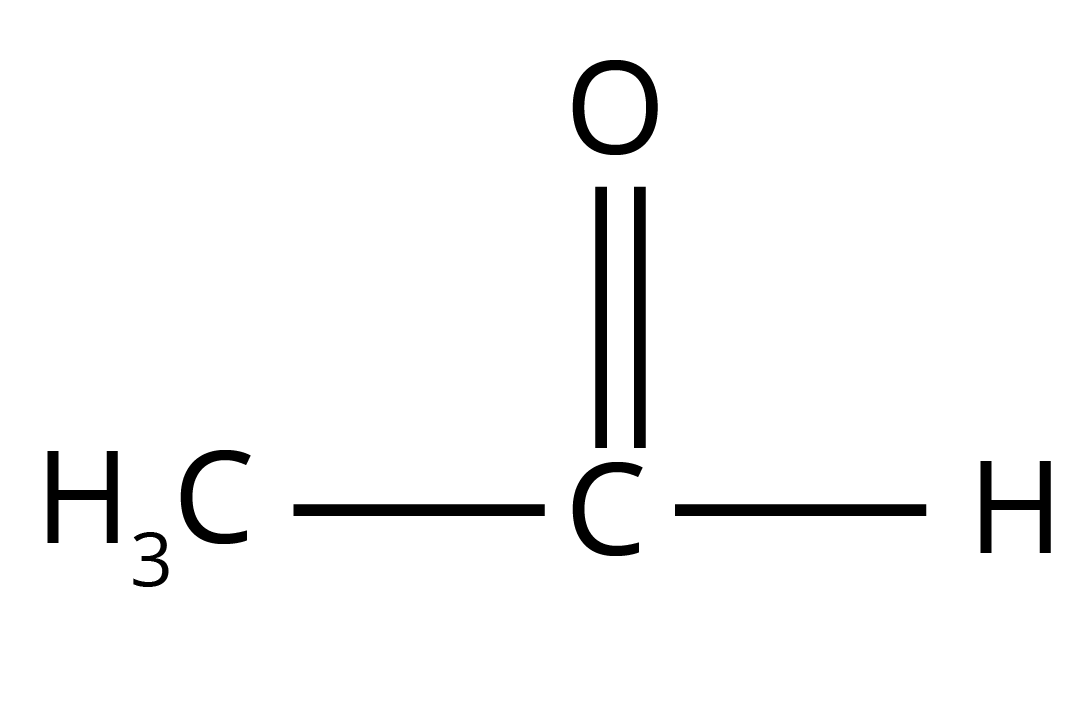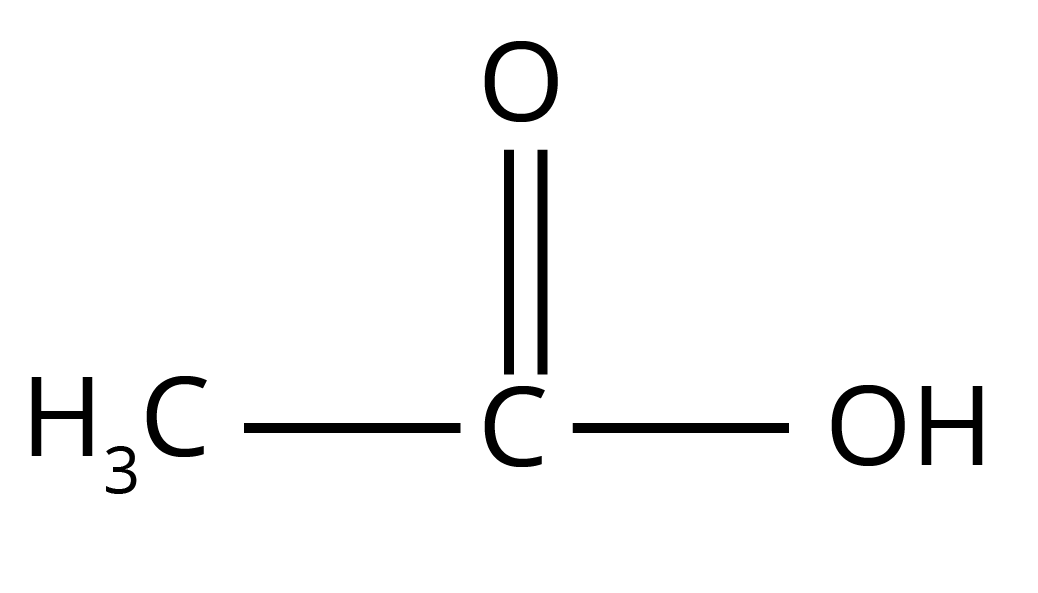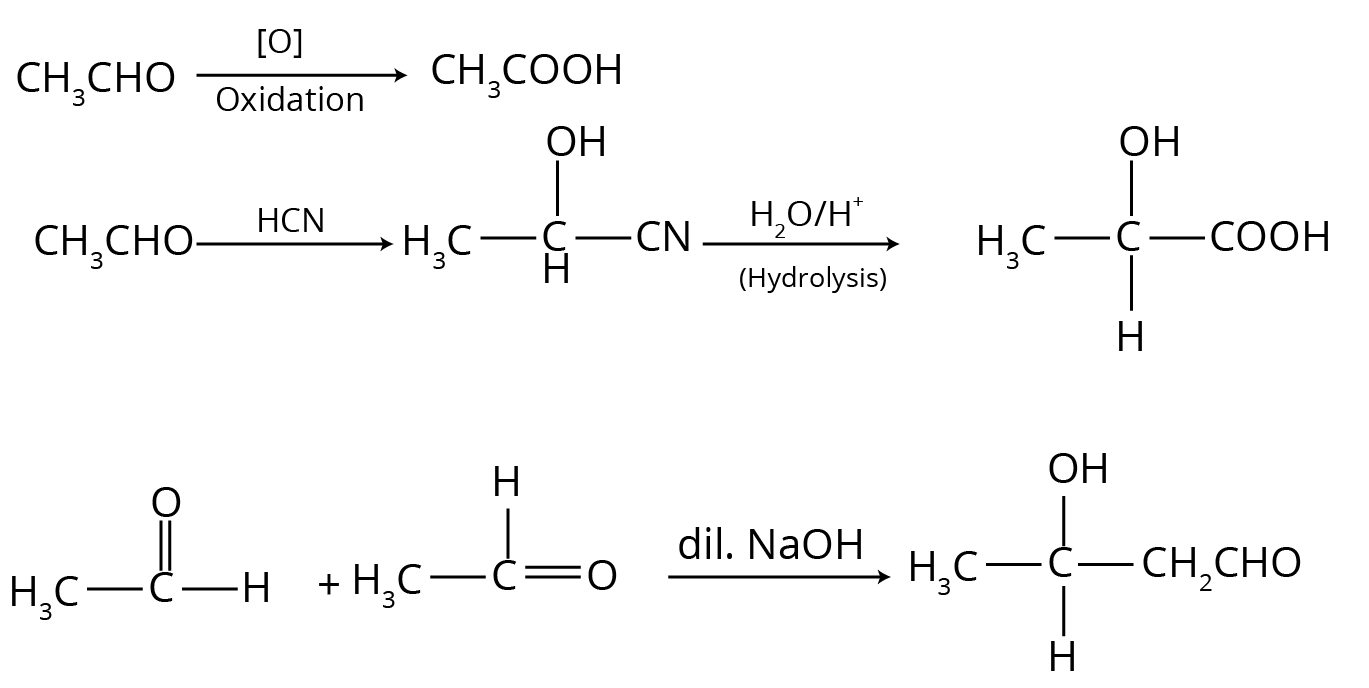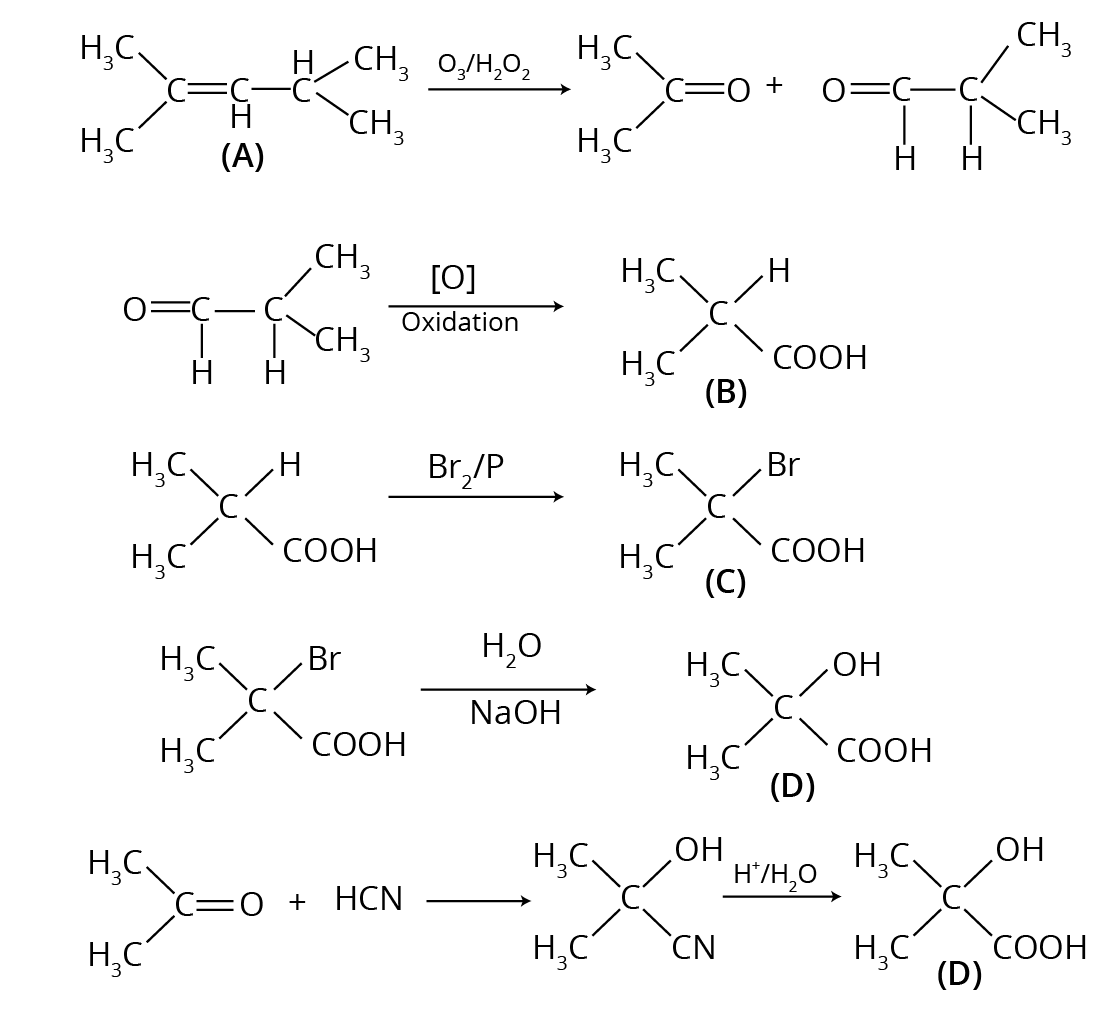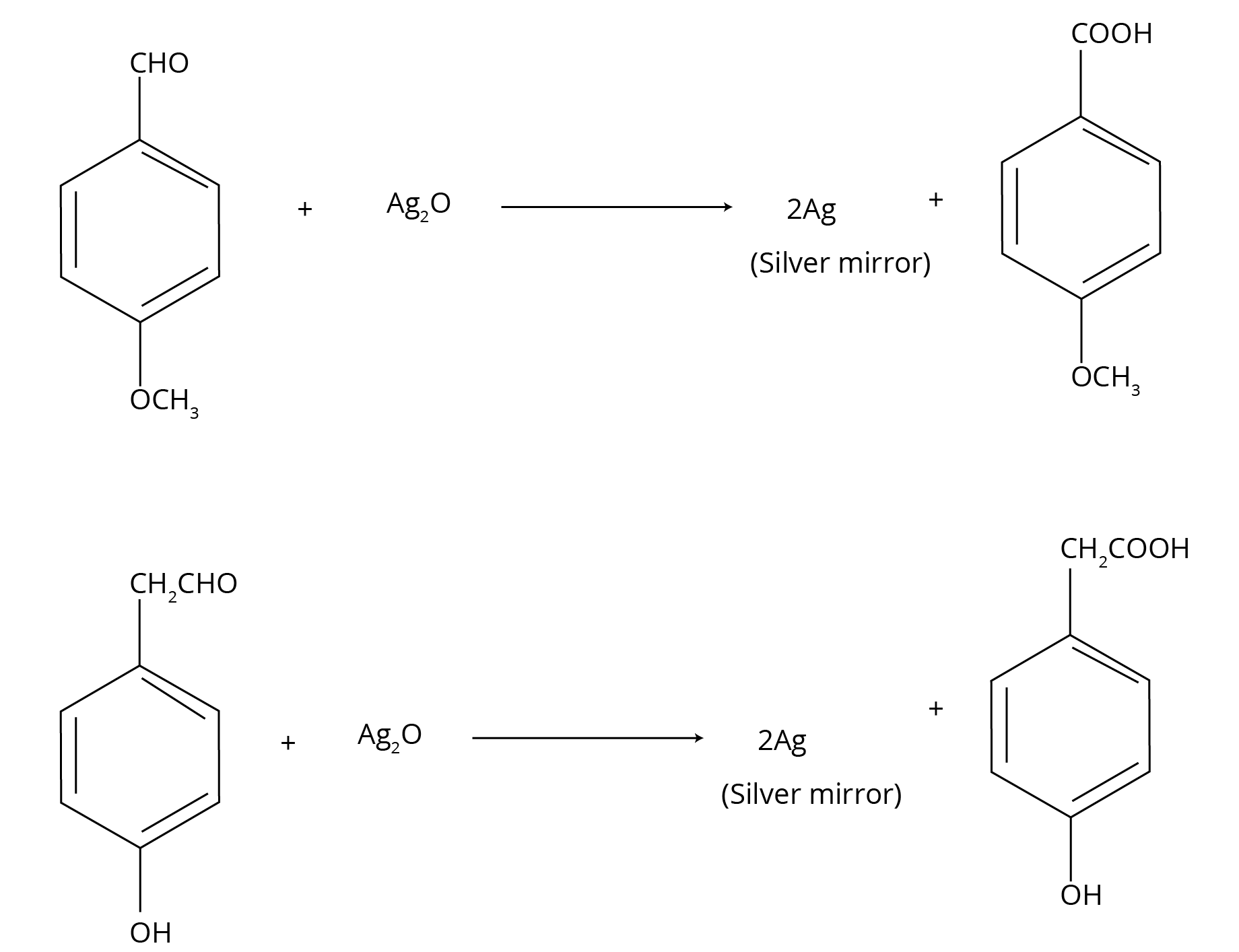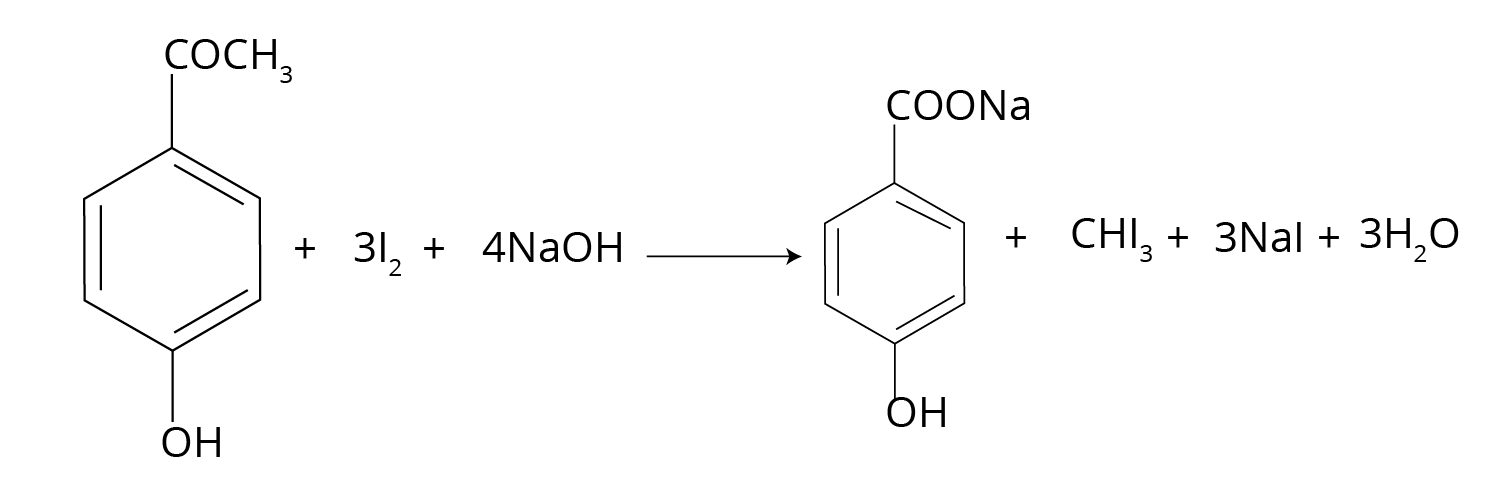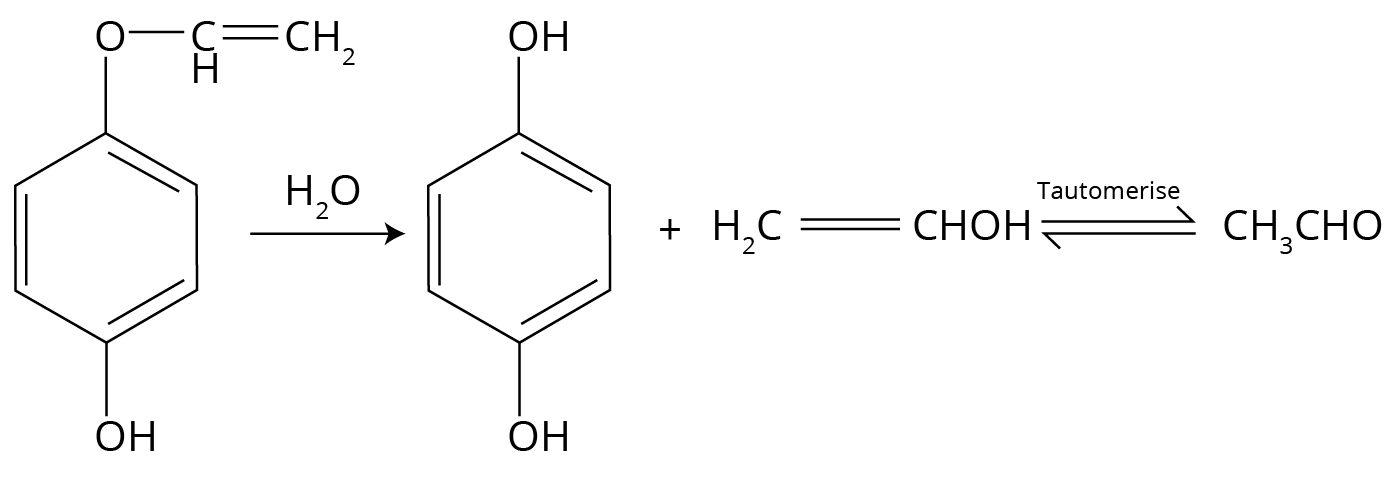CBSE Class 12 Chemistry Chapter-8 Important Questions - Free PDF Download


FAQs on Important Questions for CBSE Class 12 Chemistry Chapter 8 - Aldehydes, Ketones and Carboxylic Acids
1. What are the important topics covered in CBSE Class 12 Chemistry Chapter 8 - Aldehydes, Ketones and Carboxylic Acids?
The important topics covered in this chapter include nomenclature, methods of preparation, chemical reactions, and physical properties of aldehydes, ketones, and carboxylic acids.
2. How can practising important questions for this chapter benefit students?
Practicing important questions helps students in familiarizing themselves with the exam pattern, reinforcing their understanding of key concepts, and improving their problem-solving skills.
3. Are these important questions aligned with the CBSE Class 12 Chemistry syllabus?
Yes, these important questions are carefully curated to align with the CBSE Class 12 Chemistry syllabus, ensuring comprehensive coverage of the topics mentioned in the chapter.
4. Can these important questions serve as a revision tool for exams?
Absolutely! These important questions serve as an effective revision tool as they encompass a wide range of concepts and provide students with an opportunity to assess their knowledge and identify areas that require further attention.
5. How can students make the most of these important questions?
Students should practice these important questions regularly, allocate sufficient time for each question, analyze their mistakes, seek clarifications if needed, and use them as a tool for self-assessment and improvement.
6. What are aldehydes and ketones?
Aldehydes are organic compounds in which a bivalent oxygen atom has replaced two hydrogen atoms of the end carbon atom whereas in ketones two hydrogen atoms of the middle carbon atom have been replaced by a bivalent oxygen atom. They both have the same general formula and contain a carbon-oxygen double bond hence collectively known as carbonyl groups.
7. Rosenmund reduction reaction is used for which carbonyl compound?
Rosenmund reduction reaction is used for the preparation of aldehydes only. In this reduction reaction, acid chlorides are reduced into aldehydes on reaction with hydrogen in the boiling xylene using palladium or platinum as a catalyst in the presence of barium sulphate. The function of BaS04 here is to poison the catalyst at the aldehyde stage hence ketones cannot be formed by this reduction method.
8. Name two mild reducing agents.
Tollens reagent and Fehling solution are two mild reducing agents. Tollens reagent is an ammoniacal solution of silver nitrate prepared by adding NH40H to silver nitrate solution till the precipitates of Ag20 first formed just redissolves while Fehling solution is an alkaline solution of cupric ion complexed with sodium potassium tartrate.
9. Are the aldehyde ketone and carboxylic acids, chapter 11 of class 12th chemistry essential for the CBSE 12 board exam?
Yes, CBSE class 12 chemistry chapter 8 is important for board exams as well as competitive exams. It contains lots of important named reactions that are usually asked directly in theory papers. students must solve the given intext and exercise questions of the NCERT. For ease, Vedantu has uploaded the NCERT exercise solutions on its website. Click on the link below to download
10. How is nitrile converted to aldehyde?
When alkyl cyanide or nitrile is dissolved in ether and reduced with stannous chloride plus concentrated hydrochloric acid, it results in the formation of imino chloride, which on hydrolysis yields aldehyde. This reaction is known as the Stephens reduction reaction. Nitriles can also be selectively reduced by di-isobutyl aluminium hydride to imine which on hydrolysis gives aldehyde.

















